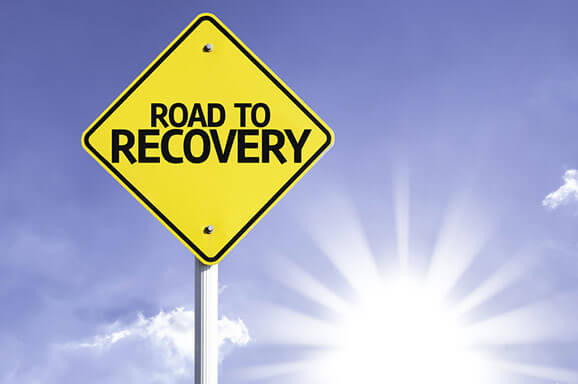- Varied educational strategies and programs that give high school students who have failed a class the opportunity to redo coursework or retake a course through alternate means—and thereby avoid failure and earn academic credit.
A dropout-prevention strategy.
- The most familiar form of credit recovery is perhaps summer-school programs that allow students to recover credit from courses they have failed during the regular school year.
Credit recovery is most common at the high school level, although community colleges and other collegiate institutions may also offer credit-recovery programs.
Students may take a credit-recovery course during normal school hours, after school, on vacation breaks, or over the summer.
Recently, online credit-recovery courses and programs have quickly spread, many of which are privately developed software applications that districts and schools must purchase or subscribe to. Schools may use an online service that offers complete courses or one that specializes in more targeted “micro-courses” that allow students to address particular learning standards or complete specific units or subsections of a course.
Online credit-recovery programs are still a relatively new learning option for schools and students, and the programs can vary widely in design and quality.
Students may work through an online program during school hours and under the guidance of a teacher, or they may work at their own pace after school hours with little oversight. In some instances, students may have video conversations or chat with teachers and support specialists who monitor progress and provide feedback and necessary tutoring.
Criticisms
- Online credit-recovery programs are not as challenging or educationally valuable as traditional classroom experiences in which students have direct contact and personal relationships with teachers.
- Questions on the extent to which schools have established adequate oversight and quality control for online credit-recovery programs, especially prepackaged, third-party software applications developed by for-profit companies or outside organizations.
- Students are being “pushed through the system” and earning academic credit for having passed mediocre or watered-down courses that are inferior substitutes for the real thing. In addition, a credit-recovery program may or may not be well aligned with the learning expectations or assignments of the course that a student has failed.
- Credit recovery also intersects with ongoing debates about grading policies, since some grading schemes, such as grade averaging, may increase the likelihood that students will fail a course.
Praises
- Allow students to work at their own pace, make up lost ground after normal school hours, or complete an activity multiple times until they truly understand a concept or problem, some critics question whether online credit-recovery options, no matter how well designed, can replace direct contact with a teacher and peers in a traditional classroom setting. Yet because credit recovery can vary so widely in design, it’s important to investigate how the programs are structured and used. For example, some credit-recovery options may be highly customized to address the distinct learning needs of a specific student, some may include intensive oversight and support from a teacher, and some may be hybrids—students may work part of the time online and part of the time with a teacher or specialist.
- Online programs typically provide highly detailed information that teachers would not be able to obtain in a traditional educational setting. For example, software applications may track precisely how long students worked through a problem or how many attempts it took a student to complete a learning activity—data that may then be used by teachers to identify specific student-learning needs or deficits.
